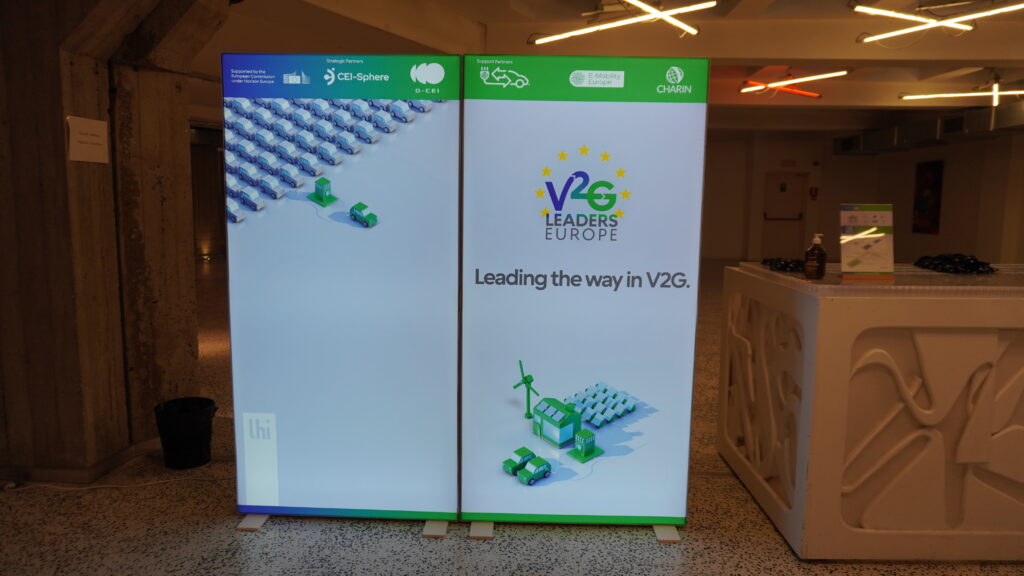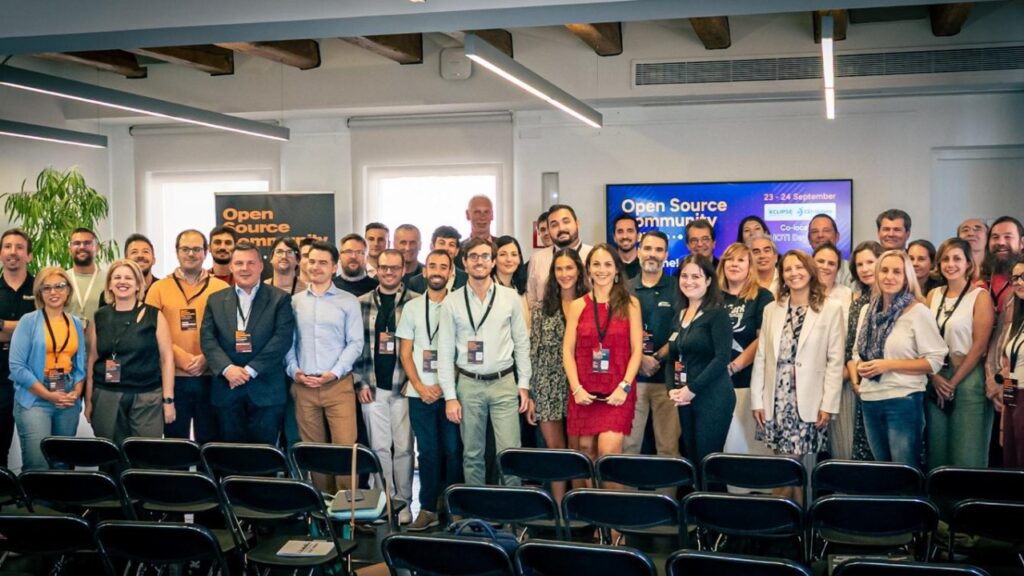Article by Koen De Bosschere
HiPEAC coordinator, head of the Department of Electronics and Information Systems at Ghent University
Technology advances faster than many of us can grasp. To get an idea of the speed of progress, consider that a supercomputer in the mid-1990s would be less powerful than a modern smartphone. The digital transformation which has pervaded almost every aspect of our lives over the last 60 years, since Gordon Moore gave his famous prediction of increasing transistor density, has been driven by incredible increases in compute power and miniaturization. (Think of the space a mainframe computer would need compared to your palm-sized smartphone).
We can extrapolate from this and imagine that, in the future, the large language models that power many state-of-the-art artificial intelligence applications and that currently require huge computing facilities will be squeezed into tiny edge devices. We can imagine a compute continuum where data is processed where it makes most sense, from tiny edge devices to massive high-performance computing (HPC) installations.
Although this future seems inevitable, delivering a smart, seamless compute continuum is not a trivial problem. The way an application runs on an edge device is very different to how it is executed in an HPC centre. The future compute continuum will have to overcome huge challenges of orchestration and interoperability in order to dynamically distribute computations without loss of service. It will need to incorporate compute-hungry applications for data analysis and simulations. It will require artificial intelligence for decision making, both in central facilities and at the edge.
It will need to do all of this while respecting the rules of the physical world, ones which computing was not originally designed to take into account. For example, protecting the safety of human users, computing in real time, using as little energy as possible, and fending off cyberattacks. Finally, it will also need to respect the limits of Planet Earth. Focusing on computer architecture, compilation, operating systems and middleware, the HiPEAC community of over 2,000 computing systems researchers is mostly concerned with the ‘glue’ between hardware technologies and application demands. As such, these researchers are delivering advances in the enabling technologies, the essential ingredients, of the compute continuum.
To do so, and to ensure that Europe is at the forefront of future developments in computing, HiPEAC7 is bringing the computing research priorities for Europe into focus, and aligning key stakeholders behind these priorities. Complementing its sister CSAs OpenContinuum and UNLOCK CEI, the project will propel the green and digital transformations by building and strengthening value chains built on disruptive research made in Europe.
The HiPEAC vision is for European players to take their place in the top creators of the compute continuum by 2030. Are you ready to make it happen?




